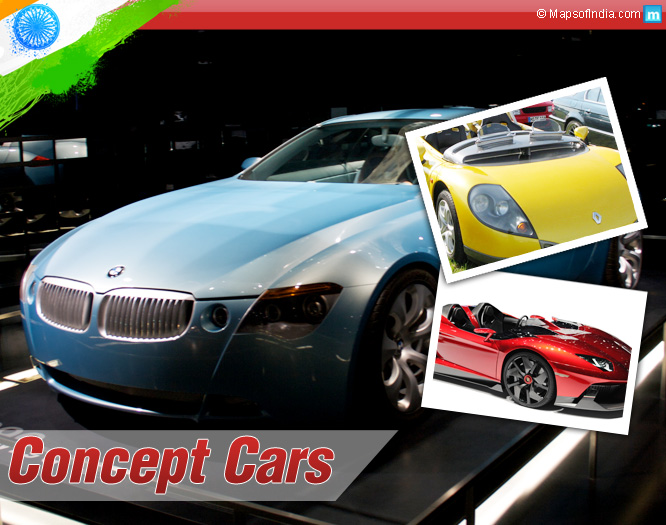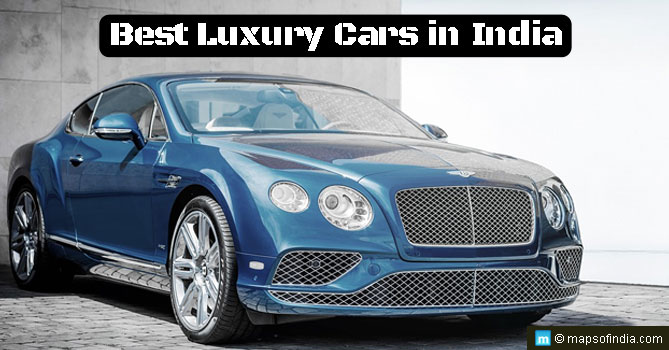We’ve heard the term “Concept vehicles” for decades now and truly, some of these Concepts – well most of them to say the least – are out of the world, and out of their time. The word “Concept” cool as it sounds has a deep technical and functional meaning to it. It means an idea, a directed notion, or an intention towards a specific point of focus, all of which is generally based on research, observation and inferentially judged possibilities of innovation based on one’s deductive abilities. Simplified, a concept is imagination changed into reality and designed in order to achieve one or multiple functions.
Concept vehicles have mostly been presented as working prototypes or showcase display models based on a deep and detailed research of one or many kinds. Some of the most amazing concept vehicles have appeared in Auto shows, Design expos, motoring events, in our movies, comic books, and almost all types of visual or informational media.
Conceptualising the car
There are numerous steps to building a concept car and it is vital, throughout the conceptualization process, to adhere at all times, to the key defining purpose of the concept. Once an idea takes shape in our minds, we start looking through similar ideas or images that convey in some way or the other – the likes of our idea. From these images, referred to as “design language” or “inspiration” – whether they be scenic, structure, theme, digital art, sculpture, or some existing form, shape, or product that resembles or represents in its form and structure, the theme or basis of the idea – visual design cues are taken. These may be lines, or form and shape inspirations or entire structures in some cases, and they all help recreate the idea on paper.
Sketching it out for clarity
Sketching is important as it allows one to bring all the flows, shapes and patterns in our heads – in relation to the idea – as forms, on paper. It brings visual clarity to kind of direction that would be best suited for the progress towards realization of the concept. Once a form and stance, or a few different forms and stances are identified as probable directions to go forward with, the surfaces and textures of the concept come into play. The surface defines the “feel” and “touch” and represents emotion and thought in physical form.
A few hundred sketches are then narrowed down to a handful based on their compliance with the idea behind the concept and their visual representation of it. Digital rendering helps add more realism to the concept with light and shade bringing out clarity in the forms and surfaces and accentuates with them, the overall visual appeal. Details like shut lines, grille, lights and fascia, door-handles, wheels and tyres, etc. are then added to give a character to the form.
Exterior design, once definitively shaped, leads to commencement of the interiors, though some concept builders may work on them in parallel. It is equally important for the interior and exterior design to complement each other since they belong to the same concept and every form, surface, detail, and even texture must be in accordance with the idea behind the concept.
Bringing it out into physical form
The next step is a 3D model, and while most concept builders begin with making a scale model in industrial clay, the more popular and convenient method is now, employing 3D software. A 3D model enables a more detailed understanding of the play of light on the surfaces, the form and the stance of the concept and allows for further refinement of surface plays and details. Life size clay models are directly built on an existing chassis as a platform and come closest to depicting what the real car would look like.
Next, building the prototype
Once all visual aspects of a concept are finalized, the building of a prototype is initiated and while some prototypes may just use an existing platform to build the exterior and interior on it, others employ tailor made chassis designed and built in accordance with the theme and functional requirement of the concept and may even include a test version of a production powertrain.
The body work can be done using a variety of materials ranging from sheet metal, aluminum and its alloys, or titanium, or more lightweight materials like fibreglass reinforced plastic FRP, composite fibre glass, and ultralight materials like carbon fibre. This is either done manually by a team of skilled craftsmen, or by taking the 3D data and getting finished products from industrial processes like vacuum forming, CNC machining, laser cutting, and some exclusive and slightly expensive processes like rapid prototyping.
Interiors are given shape and ergonomics. Then comes into play deciding factors like driver’s seating position, height, adjustability, ease of accessibility to the vehicle and access to the controls and displays inside. The interior should be in constant visual connect with the exterior and hence the upholstery and the materials along with their textures and colours, play an important role in defining what the ambience, and feel should be like.
Once the body parts are assembled and their mountings are done on the chassis, the surface treatment begins. Cracks or anomalies in surfaces are filled. The surface flow from one body panel to another is smoothened using putty or other surface bonding materials. After a lot of scrubbing and sanding, the body panels or the entire body, depending on the method of its mounting on the chassis, are then ready for paint and finish.
Deciding on the exterior
Colour combination and choice of paint is an equally important parameter as it is the final visual step as it finally conveys the visual feel and mood behind the concept. Bright colours attract attention towards their hue, and away from the surface play but at the same time add a certain zeal to the concept. Basic colours like white and other very faint shades of light colours accentuate shadows and the overall form and surface play. White also has a very clean “minimal-futuristic” look and appeal to it. Dark colours on the other hand have a certain mystique to them. They play predominantly with reflections and with highlights on the various surface and structural transitions.
Icing on the cake – Birth of that dream car
Concept cars are always built on a theme, whether it is the introduction of a new range of models, or the commemoration of a jubilee or a landmark, or simply for the fun of playing around with the people’s imaginative capabilities along with displaying one’s design and conceptualization abilities. In all, they are made up of some of the craziest ideas, the wildest of fantasies and their descriptions end with one common bottom line, that amazing things are born when imagination is pushed forward.






